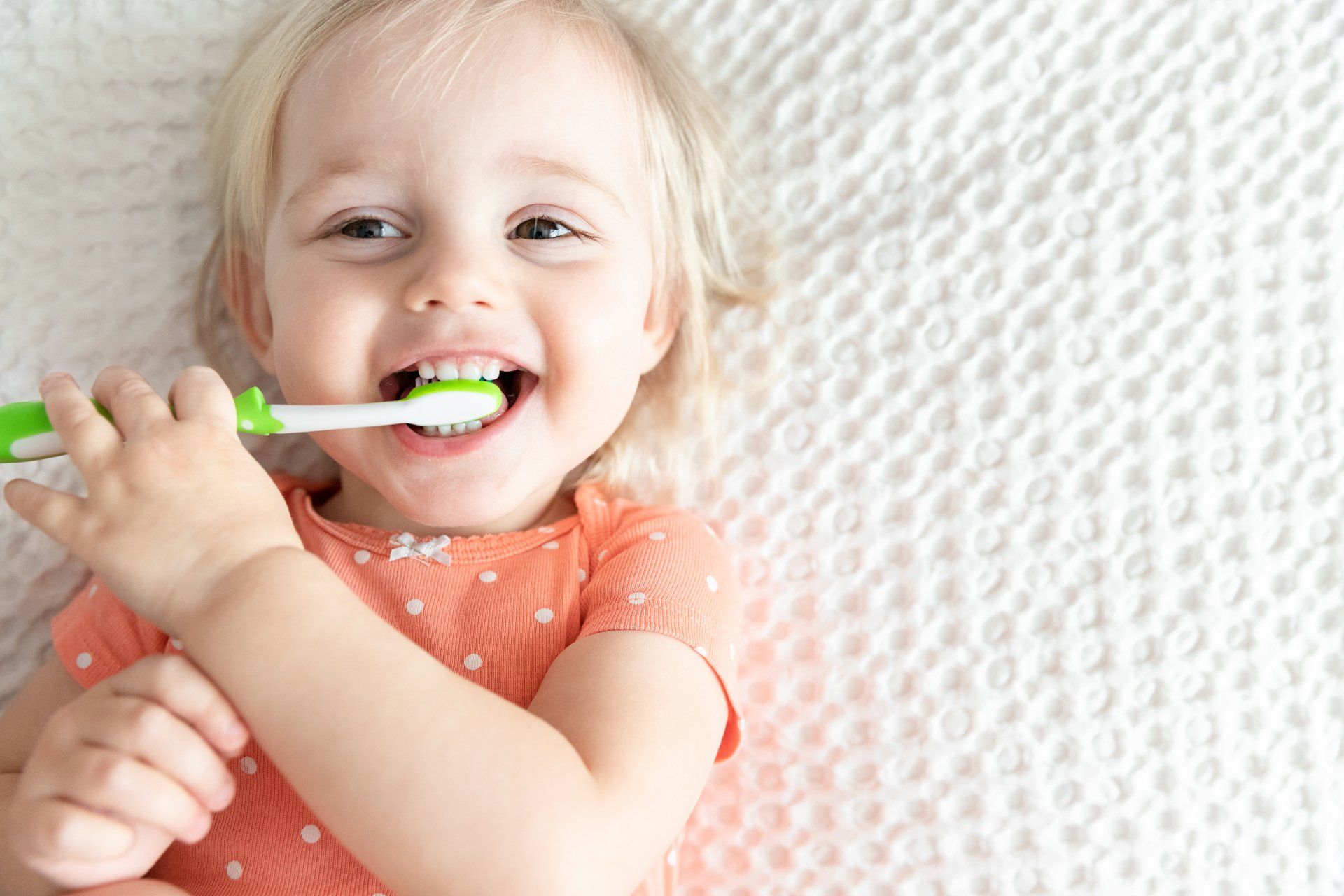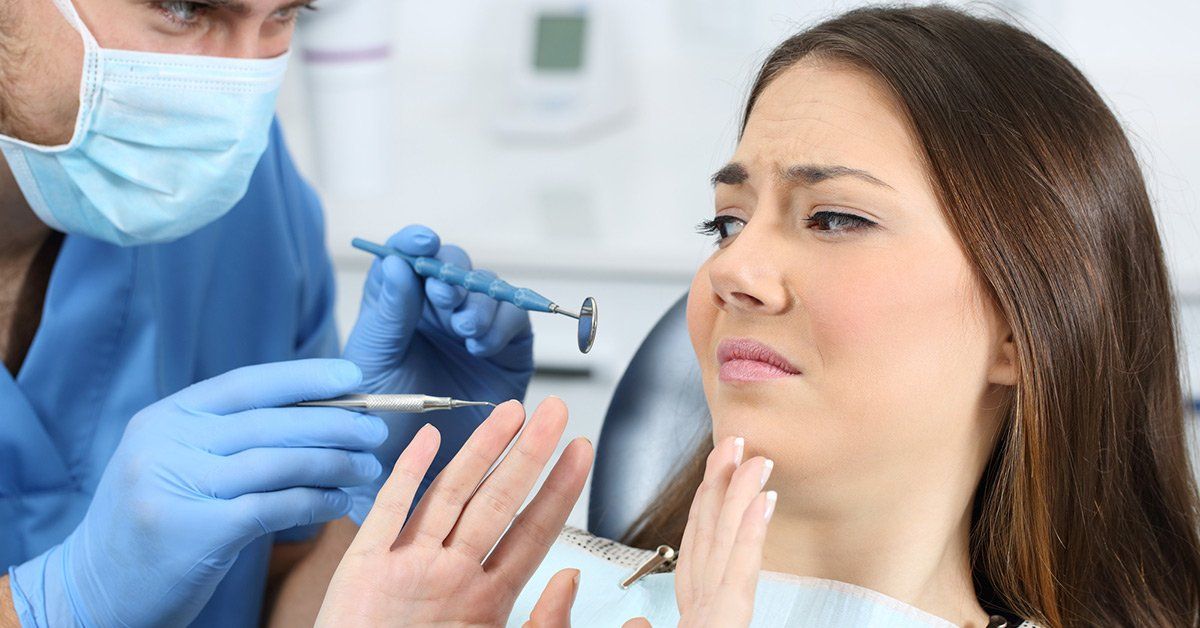Using a manual or electric toothbrush at least 2x/day is an effective way of removing plaque from the surfaces of the teeth. However, brushing alone cannot get rid of food particles that are hiding between the teeth or below the gum line. This is why it's extremely important to set a daily routine for removing debris between the teeth with floss or water flossing, as well as brushing every morning and evening.
How does traditional flossing with string work?
Floss comes in different thicknesses usually coated in wax to make it “glind” easier between teeth. Using a “C-shape” with floss around each tooth, the string gently scrapes up and down on the surface of the tooth and removes plaque and food particles from the tooth and gums.
Pros to traditional flossing:
- Affordable and efficient
- Easily accessible to purchase from most convenient stores
- Easy to carry, keep in vehicle and use just about anywhere
Cons to traditional flossing:
- Reaching the back molars can be hard for some people
- Flossing can sometimes be uncomfortable, especially if not done regularly or properly
- Floss can be difficult to handle by some people suffering from arthritis or mobility issues
If you find flossing especially difficult or painful, check with your dentist or dental hygienist for proper technique and demonstration.
How does a water flosser work?
Water picking with a water flosser utilizes a special wand attached to a water reservoir that directs a pressurized stream of water into the mouth and gums. Water flossing uses the concentrated water to massage the gums and flush the food debris away from the teeth.
Pros to using a water flosser:
- Easy to use around bridges, braces and other dental work
- Studies have shown the massage and irrigation action of the water can rapidly improve gum health
- Able to reach areas in the back of the mouth that are too difficult to be reached with traditional string floss
Cons to using a water flosser:
- Easy to use around bridges, braces and other dental work
- Studies have shown the massage and irrigation action of the water can rapidly improve gum health
- Able to reach areas in the back of the mouth that are too difficult to be reached with traditional string floss
The Verdict:
The most important thing is to clean between your teeth and under the gums every day, especially at night before bed. Which of these two techniques is best for you is a question that your dental professional should answer. For example, a patient with bridges would do better with a water flosser vs. a patient without spaces between their teeth.
Ways to achieve optimum oral health:
In addition to traditional flossing or water flossing, there are several at home techniques that are associated with good oral health:
- Brushing teeth thoroughly twice a day for 2 minutes each time
- Switching from a manual to an electric toothbrush like a Philips Sonicare
- Flossing once a day with either string or water
- Visiting the dentist and your dental hygienist regularly for cleanings, preventative X-rays, and check-ups
- Don’t forget to have annual wellness visits with your family physician since oral health is directly linked to overall health
Still have questions? Visit the American Dental Association (ADA) website by clicking the link below:
https://www.ada.org/resources/research/science-and-research-institute/oral-health-topics/floss
Our Most Recent Blogs



